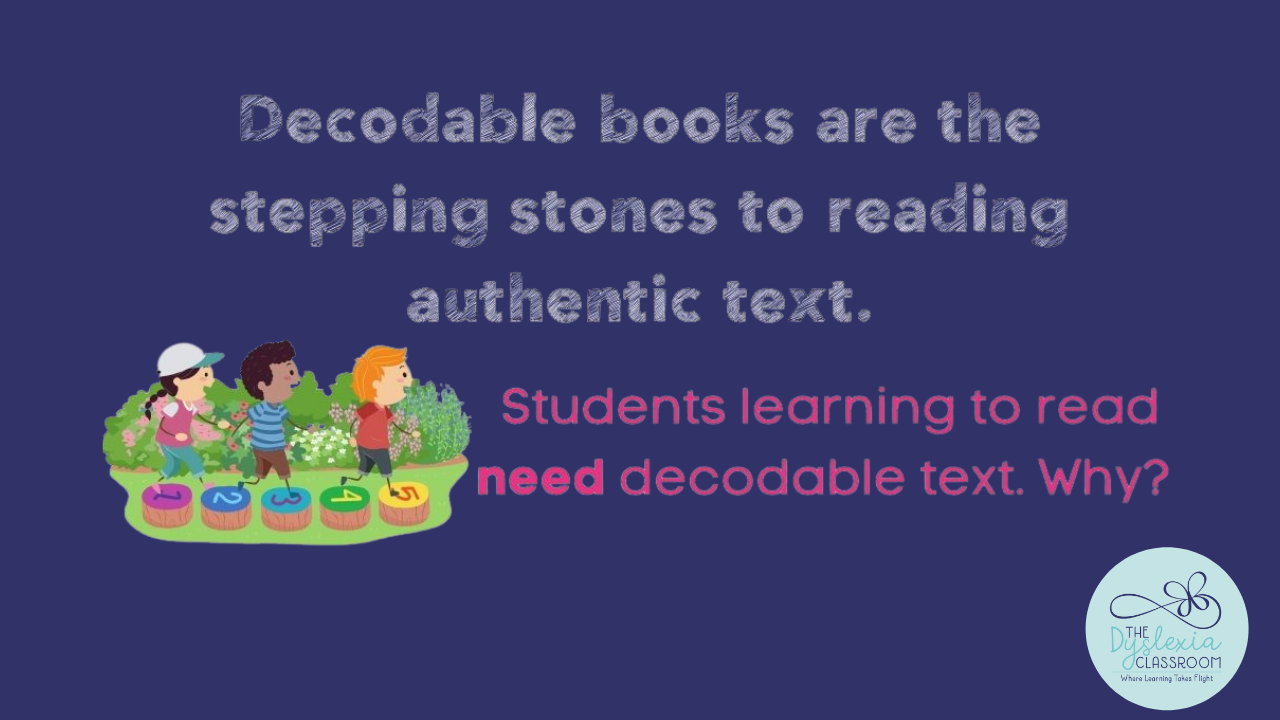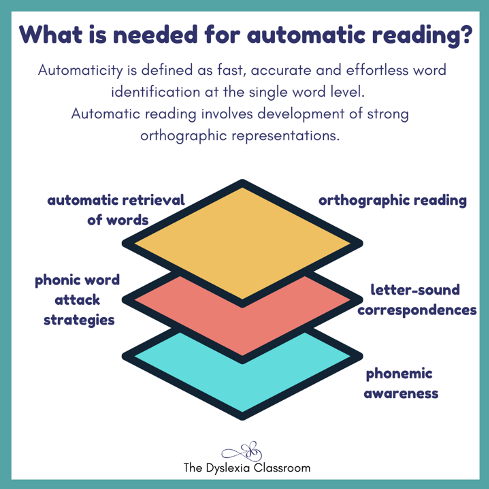Decodable Books Are Stepping Stones Needed To Access Authentic Text

When I was in high school, I decided that I wanted to become a competitive diver. I was fascinated with those brave athletes who would climb the tower to the ten-meter platform and hurl their bodies off the top with grace and enter the water with the quietest splash. They made it look so easy.
I had played around a bit at the community pool and could do some of the introductory dives and flips, and yet, no one would expect me, as a novice diver, to climb to the top of the tower and be able to perform.
Instead, I met with my coaches every day before school at 6 am to learn the necessary skills. I practiced the same dives repeatedly, improving based on the immediate corrective feedback provided by my coach. With each gained skill, another was added, allowing me to gain the skills required to advance to compete at the collegiate level. Without the foundational stepping stones to gain skills, this wouldn't have happened.
Athletes are trained by establishing the necessary foundational...
The Connection Between Decoding and Encoding - Part 2

Hi, friends! Last week, I discussed the importance of connecting speech to print and how that relates to spelling instruction. Did you miss last week's post? Click here to read that first. In summary, we can think of reading and spelling as reciprocal skills. Reading, or decoding, is applying the sound-symbol relationships and successfully blending them to read a word. Spelling is the other side of the coin. It is the ability to segment words by individual sounds and use the correct sound-symbol correspondences in written form.
This speech to print approach helps us connect the phonemes, sounds, to the grapheme, letter/s; the representation for each individual sound. While this may be a practice that many of us are familiar with in the early grades with single-syllable words, how does this apply to multisyllabic words? Let's explore this.
How Does the Speech-to-Print Approach Assist in Spelling Multisyllabic Words?
Students need explicit instruction in strategies that help them sp...
How are Reading and Spelling Connected?

Hi, friends! In this week's blog post, I'm chatting about the connection, and its importance, between reading and spelling. In many classrooms across the nation, reading and spelling are taught in isolation. This provides little connection between the two, when in reality, reading and spelling are reciprocal skills.
Let's break this down a little bit. We can think of reading and spelling as being different sides of the same coin. Reading, or decoding, is applying the sound-symbol relationships and successfully blending them to read a word. Spelling, or encoding, is the ability to segment words by individual sounds and use the correct sound-symbol correspondences in written form.
So, continuing with the coin analogy, let's look at each side of it as being reading on one side and spelling on the other.
Reading: Breaking Down the Decoding Process
👀 We see a word in its written form.
👄 We segment each phoneme (sound) within the word.
🗣 We then blend those sounds 👂 together to form ...
Building Fluency in Our Students
Hi, friends! I'm back this week chatting about a popular topic that I've been discussing with The Dyslexia Classroom Community over on Instagram. Many have reached out to me asking for strategies on building fluency. I asked the community if this is something that would be helpful, and the resounding answer was yes. In this post, I will be discussing what fluency is, how to build it, and providing you with resources to help. Reading fluency is essential to our students' success because research has found that developing it is one of the five pillars of reading instruction.
🤔 So, what is fluency?
Fluency is NOT the skill of reading fast! When we read fluently, we read words accurately and at a rate that allows proper expression, phrasing, and intonation. This ability to read well, or automatically, aids in deeper comprehension.
When students struggle to read fluently, reading comprehension can be affected. This happens because the reader exerts a great deal of cognitive energy and f...
Bringing Reading Automaticity into Your Reading Lessons

Hi friends! This week I am going to chat about automaticity, how to build it in word reading with our students, and tips and activities to support this learning.
What is Automaticity?
Automaticity is defined as fast, accurate, and effortless word identification at the single-word level. Although fluency involves reading words with automaticity and prosody at the phrase, sentence, and text level, accurate and automatic reading is needed to be a fluent reader.
It is the part of fluency practice where we focus on accurate and speedy word recognition. For this reason, words are read in isolation. This is only one part of fluency instruction, but is often an area where dyslexic and struggling readers need additional practice.

Students with dyslexia struggle with accurate and automatic reading at the word level. Automatic reading involves developing solid linkages between sounds and their letter representations, leading to fast and accurate retrieval and transfer of this letter-soun...



